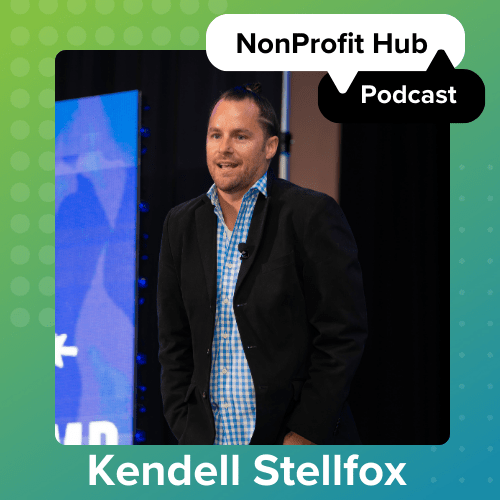Whether you work for a small staff or you’re a bigger nonprofit with a clever new idea, crowdfunding can help you put your plans in motion. Crowdfunding platforms such as Kickstarter and Go Fund Me have shown great potential in terms of helping ambitious teams bring their visions to fruition.
According to Crowd 101, once a crowdfunding campaign reaches about 40% of its target goal, people are 31% more likely to show additional interest in the project and 22% more likely to donate more to your cause. This proves that launching a well-written and outlined crowdfunding campaign is a must. Let’s take a look at some tips which can help you write an inviting crowdfunding description for your campaign.
1. Concrete development milestones & outcomes
When it comes to crowdfunding campaigns, development teams are often unaware of the big picture involved in their projects. In essence, you are asking for people from around the globe to support your project with monetary donations without ever meeting you or having proof of delivery.
It’s a must that you deliver clear development milestones for your project—the outcomes supporters can expect from your work and deliverable deadlines. These should be organized in bullet points after your introductory segment and accompanied by a visual infographic or chart to sell the point further. Be as clear as possible with your project’s workflow and let people know that you have a bigger plan in mind for the funds you have requested.
2. Keep it short
If you’re able to sell your project to an internet reader in just a few sentences, you will most likely receive the support you need and then some. Overly complex and long-form crowdfunding descriptions rarely engage a lot of people. Numerous factors play into the notion of not giving a crowdfunding campaign a chance, including the fact that computer and smartphone screens aren’t designed for prolonged reading and text skimming.
To that end, it might be a good idea to incorporate text editing platforms such as Grammarly into your writing process. These will help you create a more legible, presentable crowdfunding description for your project. Be short and to the point—the right backers will always flock to your cause without you having to explain your motives or reasoning at length.
3. Call the readers to action
Calls to action (CTA) represent a useful marketing strategy which should find its way into your crowdfunding description. In short, these messages aim to engage the readers and invite them to “act” on what they just read. For example, a simple CTA can surmount to “Get in touch with us for more info” or “Click here to support our project.”
Depending on your target audience, your CTA can take a number of forms. However, don’t stuff your description with too many CTAs—you can come off as desperate to an uninitiated reader. Strategic CTA placement at the beginning and the end of your crowdfunding description can make a world of difference in terms of your project’s engagement rate.
4. Avoid grammar & formatting errors
The biggest red flag that can creep its way into your crowdfunding description is the general lack of polish and proofreading. Don’t make the mistake of writing an engaging and captivating call to action for your readers only for it to be riddled with spelling and grammar errors.
5. Give clear participatory instructions
Lastly, you should include as much information about how to participate in your crowdfunding campaign as possible. Make sure that you allow people to use different payment methods to support your cause, including PayPal, credit card and cryptocurrency (if you choose to do so).
This will allow people to make a choice on how to pitch in and make a difference with your project. Restricting your supporters to a single payment method without a clear indication on how to reach the checkout page as quickly as possible won’t bode well for your campaign. Be clear in your description and people will surely help your project out.
Proofread your description once you are done and make sure that you are available for any questions your supporters may have about the project. The friendlier and clearer you are with your intentions, the more backers you will attract over time.






